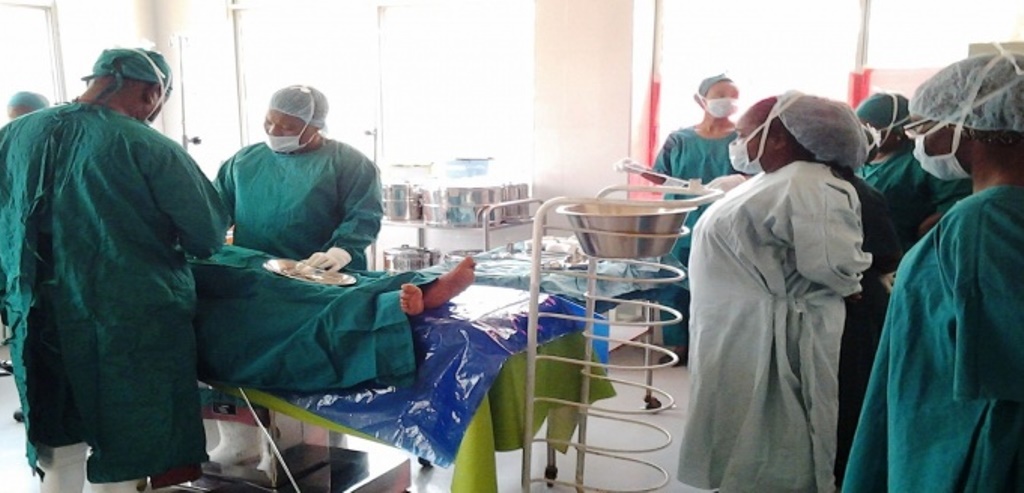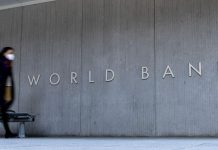Author: DEOGRATIUS KAMAGI
AfricaPress-Tanzania: IT was never an overnight process for Tanzania to qualify into a list of lower-middle income countries, a lot of efforts were made to achieve this.
Some of the efforts that the government made included construction of social services facilities, a move that aimed at improving services delivery to the citizens.
Much attention has been paid on improving access to water, education and health services in both rural and urban areas.
The government has been investing a lot on social services by bringing them close to the people. This was done in line with meeting the goals of the 2025 vision that aimed at making Tanzania a middle income country.
However, the efforts have paidoff as early as five years ahead of the schedule, thanks to the efforts and commitment demonstrated by the government leaders and Tanzanians at large.
In the Tanzania Development Vision 2025, the government put it clearly “Tanzania envisages being a nation whose people are ingrained with a developmental mindset and competitive spirit”.
These attributes are driven by education, knowledge and are critical in enabling the nation to effectively utilize knowledge in mobilizing domestic resources for assuring the provision of people’s basic needs and for attaining competitiveness in the regional and global economy.
In the education sector, the government has constructed a total of 622 secondary schools between 2015 and 2020, making a total of public schools stand at 5,330 from 4,708.
Also, a list of Primary schools has increased to 17,804 in 2020 from 16,899 that were recorded in 2015, making an increase of 905 new learning facilities.
On top of that, the government is issuing free education from Standard One to Form Four, a move that has increased enrolment of students in both urban and rural areas.
Moreover, to expand access to education, the government has been increasing the budget for loaning the needy higher education learning students.
The government has also been constructing new vocational training institutes and renovating infrastructures of old colleges and schools.
Another area that has been highly improved by the government’s move to graduating Tanzania from a low income country was the health sector.
The adjustments have been made by increasing the health budget that has seen construction of many facilities across the country in a grand plan to improve accessibility of health services.
The country has so far witnessed an improved healthcare service delivery with modern technology at major referral hospitals.
The latest approach has significantly reduced cases of patients being referred abroad for the same medication.
As the country grapples to achieve the World Health Organization (WHO) recommendations of doctor population ratio of 1:1,000 per year, the fifth phase government has employed a total of 13,479 medical personnel in various disciplines, including specialists, nurses, dentists, radiologists and pharmacists between November 2015 and January 2020.
Between 2015 and 2020, the government has managed to build a total of 1,769 new health facilities including, 1,198 dispensaries, 487 health centres, 71 district hospitals, 10 regional hospitals and 5 referral zonal hospitals.
This has made an increase of health services facilities to 8,783 in this year from 7,014 facilities that were recorded five years ago.
Transformations in water services are among the milestone achievements recorded by the government for the past five years.
Since November 2015, the government has executed a total of 1,423 water projects among which 1268 are in rural areas and the remaining 155 are in urban areas.
Among the biggest projects being implemented now is the one from Lake Victoria to Nzega, Tabora and Igunga in Tabora region.
All these efforts have attributed to an increase of water supply in rural areas to 70.1 per cent in 2020 from 47 per cent in 2015, while in urban areas, the ratio has increased to 84 per cent in 2020 from 74 per cent in 2015.







